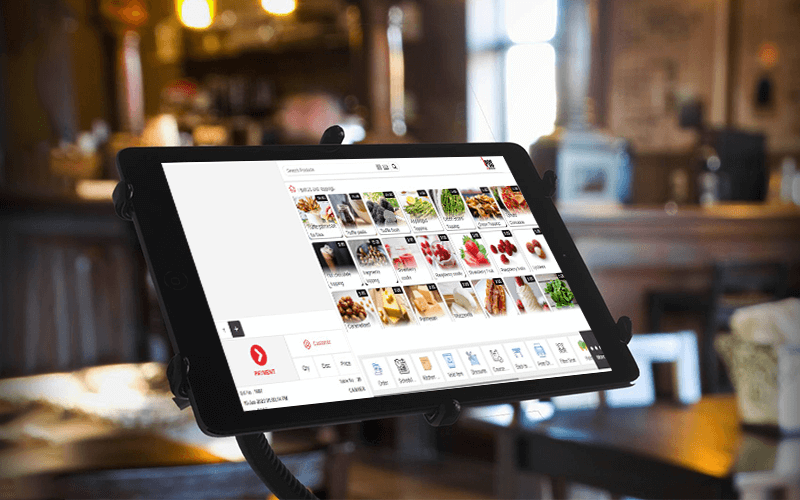As for most restaurants, point of sale (POS) systems play an important role as the main point for taking orders and making payments. In the restaurant industry, having efficient and effective restaurant POS systems can make all the difference in running a successful business. Apart from processing orders quickly and accurately, the POS system helps streamline operations, reduce errors, and provide valuable insights into your restaurant’s performance.
While the majority of the restaurants are on board, there are a few small eateries that continue to use old-school ways for all primary activities. Therefore to help them understand why installing a restaurant POS system is essential, we’ll discuss some of its critical features in this blog post.
1. Customizable Menus and Order Management:
A good restaurant POS system should allow you to customize your menus and order management. This means you can easily make changes to your menu, add or remove items, and create different variations of the same item, such as different sizes or add-ons. Additionally, the system should be able to handle order modifications, split checks, and special requests, so your staff can quickly and easily process orders.
2. Inventory and Stock Management:
Keeping track of your inventory and stock levels is crucial for any restaurant. A restaurant POS system should have a built-in inventory management feature that tracks your stock levels in real time. This will help you avoid overstocking or running out of key ingredients, and it will also help you identify your best-selling items and make informed decisions about your menu.
3. Customer Management and Loyalty Programs:
A restaurant POS system should also offer customer management and loyalty programs. By keeping track of customer data such as contact information, order history, and preferences, you can offer personalized promotions and discounts that keep customers coming back. Loyalty programs are also a great way to incentivize repeat business and reward your loyal customers.
4. Payment Processing:
The ability to process payments quickly and securely is essential for any restaurant POS system. The system should support multiple payment options, including credit and debit cards, mobile payments, and cash. It should also have the ability to split checks and apply for discounts or promotions as needed.
5. Integration with Third-Party Apps and Services:
With the rise of online ordering and food delivery services, it’s important that your restaurant POS system can integrate with third-party apps and services. This will allow you to easily manage online orders, track delivery drivers, and process payments, all from one centralized platform. Additionally, integration with accounting and payroll software can help streamline your back-end operations and reduce manual errors.
6. Reporting and Analytics:
Finally, a restaurant POS system should offer robust reporting and analytics features. This includes tracking sales and revenue by item, time of day, and day of the week, as well as tracking staff performance and productivity. With this data, you can identify areas of your business that need improvement, make informed decisions about your menu and pricing, and optimize your staffing levels and scheduling.
In conclusion, a restaurant POS system is a critical tool for running a successful restaurant. By choosing the best POS system for restaurants from iPOS, you can streamline your operations, improve your customer experience, and make informed decisions about your business.







